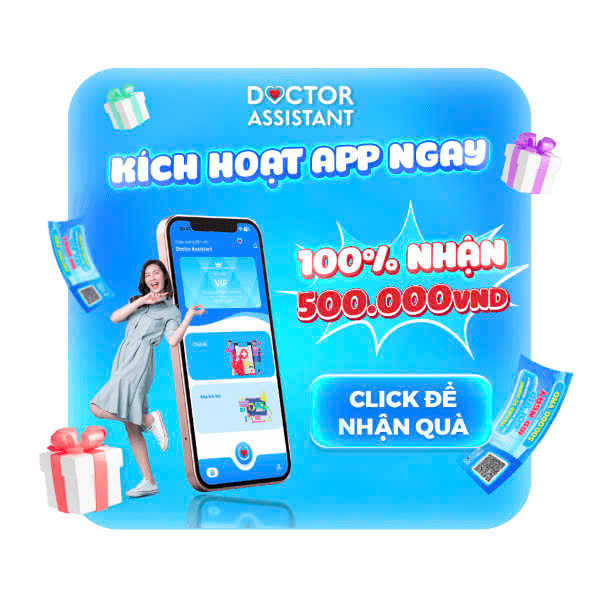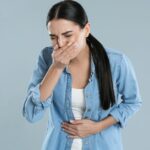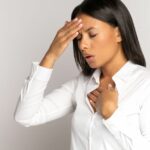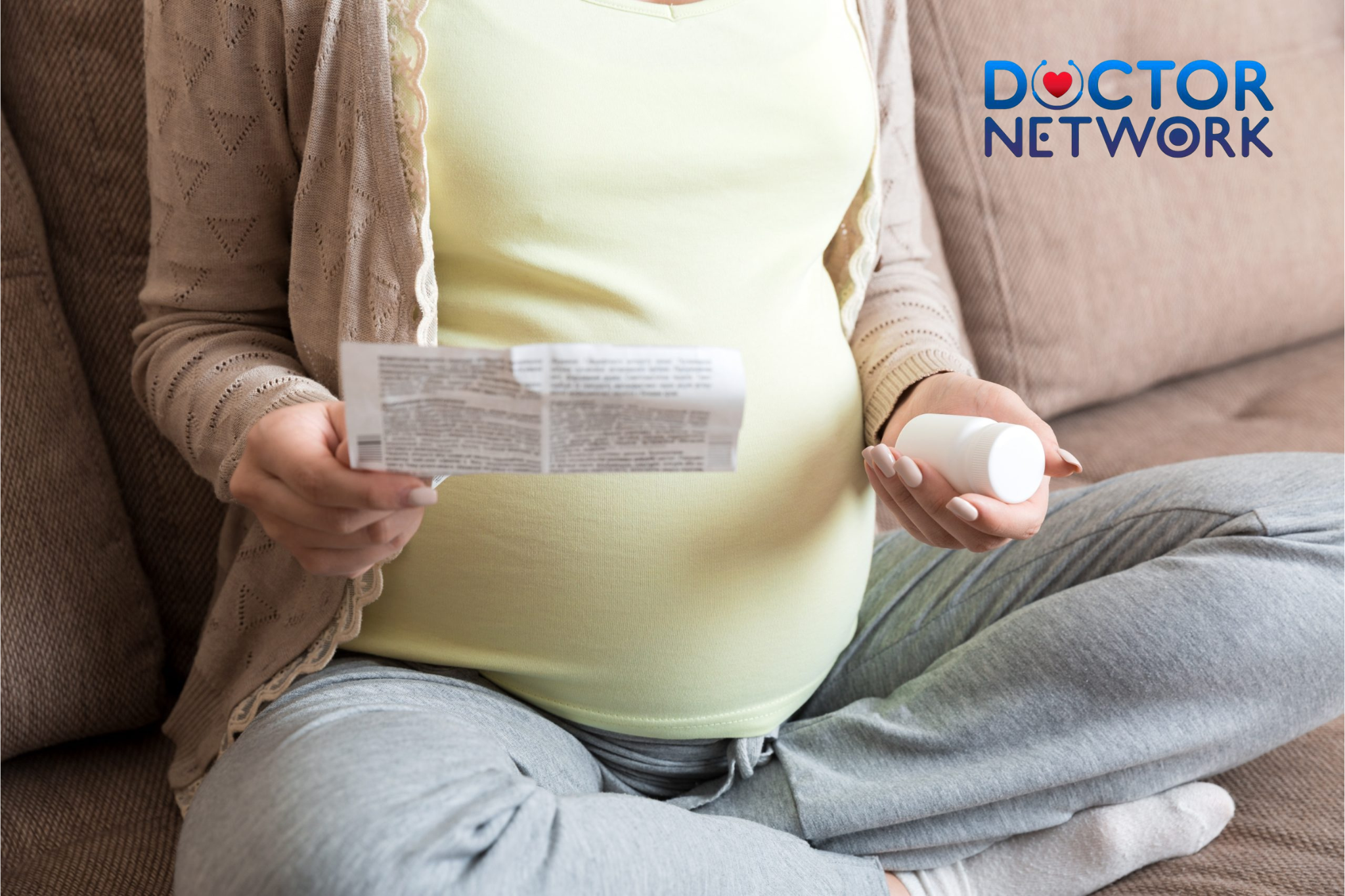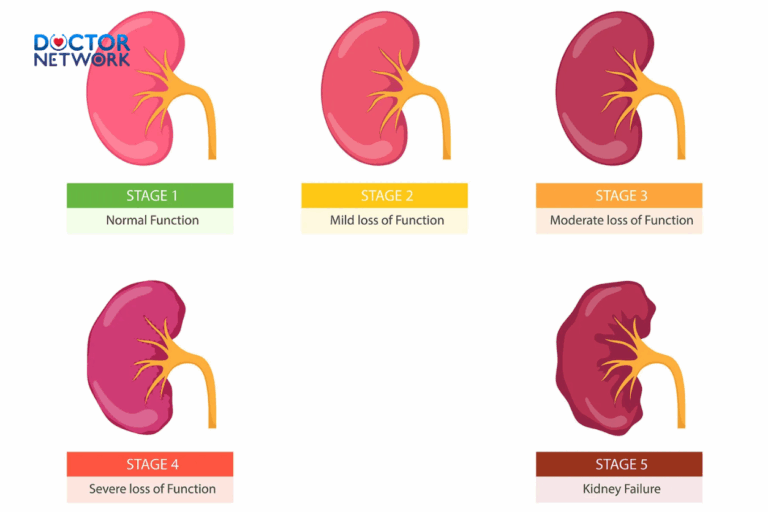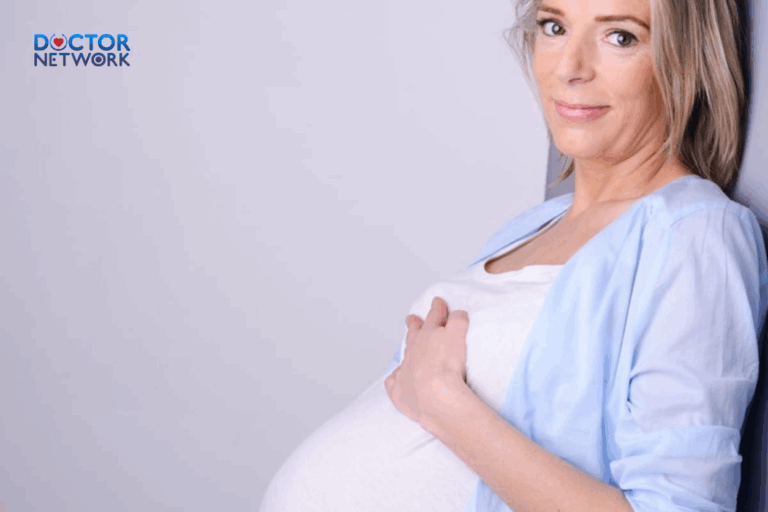Breast cysts, fluid-filled sacs within breast tissue, are a common concern for many women. While the discovery of a breast lump can be alarming, it’s crucial to understand that most breast cysts are benign and pose minimal risk. This comprehensive guide delves into the nature of breast cysts, their symptoms, potential risks, and management strategies. We’ll explore “Are breast cysts dangerous“, treatment options, and lifestyle modifications to empower you with knowledge for optimal breast health.
What are Breast Cysts?
Definition and Formation
Breast cysts are round or oval-shaped fluid-filled sacs that develop within the breast tissue. These benign growths form when fluid accumulates in the breast glands, often due to hormonal fluctuations. The exact cause remains unclear, but researchers believe that excess estrogen may play a role in cyst formation.
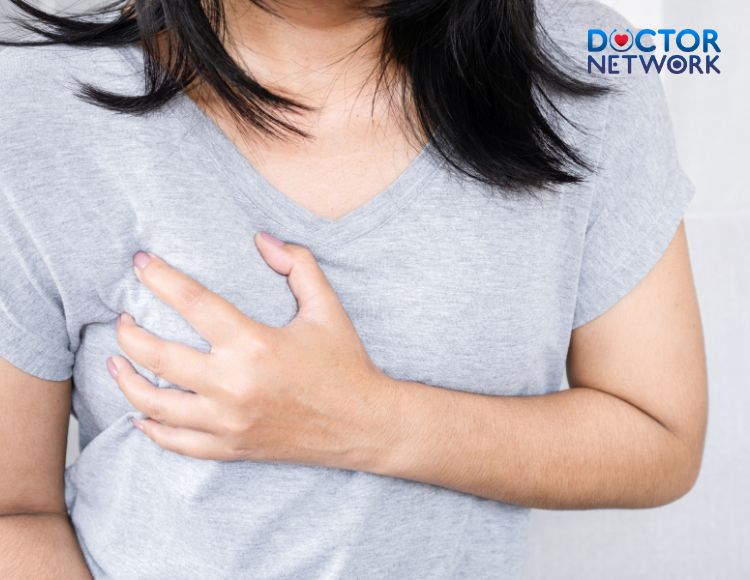
Estrogen and progesterone affect breast tissue causing breast cysts to form
Types of Breast Cysts
| Type of Cyst | Description | Typical Characteristics |
|---|---|---|
| Simple Cysts | Fluid-filled sacs with thin walls | Round, smooth edges, clear fluid content |
| Complex Cysts | Cysts with both fluid and solid components | Irregular shape, thicker walls, may contain debris |
| Microcysts | Tiny cysts, often clustered | Usually not palpable, visible only on ultrasound |
Risk Factors for Breast Cysts
Several factors can increase the likelihood of developing breast cysts:
- Age: Most common in women between 35-50 years old
- Hormonal changes: Menstruation, pregnancy, and menopause
- Family history: Genetic predisposition to breast cysts
- Lifestyle choices: High caffeine intake, smoking, and alcohol consumption
Recognizing the Symptoms
Common Signs of Breast Cysts
- Palpable lumps in the breast tissue
- Breast pain or tenderness
- Changes in breast size or shape
- Nipple discharge (clear or slightly cloudy)
- Increased discomfort before menstruation
Distinguishing Breast Cysts from Other Conditions
Breast cysts can mimic other breast conditions, making accurate identification crucial. Here’s a comparison of breast cysts with other common breast issues:
| Condition | Texture | Pain | Mobility |
|---|---|---|---|
| Breast Cysts | Smooth, round | Often tender | Mobile |
| Fibroadenomas | Rubbery, firm | Usually painless | Very mobile |
| Breast Cancer | Hard, irregular | Often painless | Fixed in place |
Breast cysts can mimic other breast conditions, making accurate identification crucial
When to Seek Medical Attention
Consult a healthcare professional if you experience:
- A new or persistent lump in your breast
- Changes in breast size, shape, or skin texture
- Nipple discharge, especially if bloody
- Persistent breast pain unrelated to your menstrual cycle
Are Breast Cysts a Cause for Concern?
The Link Between Cysts and Cancer
While the presence of breast cysts can be unsettling, it’s essential to understand that they rarely indicate cancer. In fact, simple breast cysts are not associated with an increased risk of breast cancer. However, complex cysts may require further evaluation to rule out malignancy.
Benign vs. Malignant: Understanding the Difference
The vast majority of breast cysts are benign, meaning they are non-cancerous and do not spread to other parts of the body. Malignant breast tumors, on the other hand, are cancerous growths that can invade surrounding tissues and potentially metastasize. It’s crucial to differentiate between these two types of growths for proper diagnosis and treatment.
Other Potential Complications
While breast cysts are generally harmless, they can occasionally lead to:
- Infection: Rarely, bacteria may enter the cyst, causing inflammation and discomfort
- Rupture: Large cysts may rupture, leading to pain and bruising
- Chronic discomfort: Some women experience ongoing breast tenderness or pain due to cysts
Diagnosis and Treatment
Medical Evaluation
Healthcare providers employ various diagnostic techniques to assess breast cysts:
- Mammograms: X-ray images of the breast tissue
- Ultrasounds: Sound wave imaging to distinguish fluid-filled cysts from solid masses
- Fine-needle aspiration: Removal of fluid from the cyst for analysis
- Biopsy: Rarely needed, but may be performed to evaluate complex cysts
Treatment Options
The appropriate treatment for breast cysts depends on their size, symptoms, and characteristics:
- Watchful waiting: For asymptomatic, simple cysts
- Aspiration: Removal of fluid to alleviate discomfort and confirm diagnosis
- Surgical removal: Reserved for persistent, symptomatic, or complex cysts
Lifestyle Modifications
Implementing certain lifestyle changes may help manage existing cysts or reduce the risk of developing new ones:
- Limiting caffeine intake
- Maintaining a healthy diet rich in fruits, vegetables, and whole grains
- Engaging in regular physical activity
- Managing stress through relaxation techniques
- Wearing a well-fitted, supportive bra
Living with Breast Cysts
Managing Pain and Discomfort
To alleviate breast cyst-related pain:
- Apply warm compresses to the affected area
- Use over-the-counter pain relievers like ibuprofen or acetaminophen
- Consider wearing a sports bra for added support
- Explore natural remedies such as evening primrose oil or vitamin E supplements (consult your healthcare provider first)
Apply warm compresses to the affected area
Monitoring and Follow-up
Regular breast health monitoring is crucial for women with a history of breast cysts:
- Perform monthly breast self-exams
- Attend scheduled follow-up appointments with your healthcare provider
- Undergo recommended imaging studies as advised
Reducing the Risk of Future Cysts
While it’s not always possible to prevent breast cysts, these strategies may help minimize their occurrence:
- Maintain a healthy weight
- Limit alcohol consumption
- Quit smoking
- Consider discussing hormonal birth control options with your healthcare provider
5 frequently asked questions closely related to the topic “Are breast cysts dangerous?”
Can breast cysts turn into cancer?
Breast cysts themselves rarely turn into cancer. Simple cysts, which are the most common type, are benign (non-cancerous) and do not increase your risk of developing breast cancer. However, complex cysts may require further evaluation to rule out malignancy. The American Cancer Society emphasizes that while cysts are not typically dangerous, any new breast changes should be evaluated by a healthcare professional.
How can I tell if a lump is a cyst or something more serious?
It can be challenging to distinguish between a cyst and other types of breast lumps without medical evaluation. Generally, cysts are round, smooth, and mobile. They may feel tender, especially before menstruation. In contrast, cancerous lumps are often hard, irregularly shaped, and fixed in place. However, the only way to definitively diagnose a breast lump is through imaging tests like mammography or ultrasound, and potentially a biopsy. The National Breast Cancer Foundation recommends prompt medical attention for any new or unusual breast changes.
Do breast cysts need to be removed?
Not all breast cysts require removal. Treatment depends on factors such as size, symptoms, and characteristics of the cyst. Many cysts resolve on their own or can be managed with simple aspiration (fluid removal) in a doctor’s office. Surgery is typically reserved for large, persistent, or complex cysts that cause significant discomfort or diagnostic uncertainty. The American College of Obstetricians and Gynecologists provides guidelines for cyst management based on individual patient factors.
Can lifestyle changes help prevent or manage breast cysts?
While there’s no guaranteed way to prevent breast cysts, certain lifestyle modifications may help manage symptoms or reduce the risk of developing new cysts. These include:
- Limiting caffeine intake
- Maintaining a healthy diet rich in fruits, vegetables, and whole grains
- Engaging in regular physical activity
- Managing stress through relaxation techniques
- Wearing a well-fitted, supportive bra The Mayo Clinic suggests that these changes may help alleviate breast pain and discomfort associated with cysts.
How often should I get checked if I have a history of breast cysts?
If you have a history of breast cysts, follow-up care and monitoring are important. The frequency of check-ups will depend on your individual situation and your healthcare provider’s recommendations. Generally, this may include:
- Regular breast self-exams (monthly)
- Clinical breast exams by a healthcare professional (annually or more frequently if advised)
- Imaging studies such as mammograms or ultrasounds as recommended by your doctor The Susan G. Komen Foundation emphasizes the importance of adhering to your healthcare provider’s recommended screening schedule, which may be more frequent than standard guidelines for those with a history of breast issues.
Some scientific evidence on “are breast cysts dangerous?”
Here are some scientific evidence on “are breast cysts dangerous?”:
- “Breast Cysts: Clinical, Radiological, and Cytological Features” – Fechner RE’s study, published in Human Pathology in 1994.
- “Natural History of Breast Cysts” – Dixon JM et al.’s study, published in the British Medical Journal in 1985.
- “Management of Breast Cysts” – Hamed H and Coady A’s clinical guideline, published in BMJ Clinical Evidence in 2015.
- “Risk of Breast Cancer in Women with a History of Benign Breast Disease” – study by Hartmann LC et al., published in the New England Journal of Medicine in 2005.
“Complex Cystic Breast Masses in Ultrasound Examination” – Study by Berg WA et al., published in Radiology in 2005.
References:
https://my.clevelandclinic.org/health/diseases/15691-breast-cysts
https://www.thewomens.org.au/health-information/breast-health/breast-cysts
https://www.healthdirect.gov.au/breast-cysts
Kiểm Duyệt Nội Dung
More than 10 years of marketing communications experience in the medical and health field.
Successfully deployed marketing communication activities, content development and social networking channels for hospital partners, clinics, doctors and medical professionals across the country.
More than 6 years of experience in organizing and producing leading prestigious medical programs in Vietnam, in collaboration with Ho Chi Minh City Television (HTV). Typical programs include Nhật Ký Blouse Trắng, Bác Sĩ Nói Gì, Alo Bác Sĩ Nghe, Nhật Ký Hạnh Phúc, Vui Khỏe Cùng Con, Bác Sỹ Mẹ, v.v.
Comprehensive cooperation with hundreds of hospitals and clinics, thousands of doctors and medical experts to join hands in building a medical content and service platform on the Doctor Network application.







